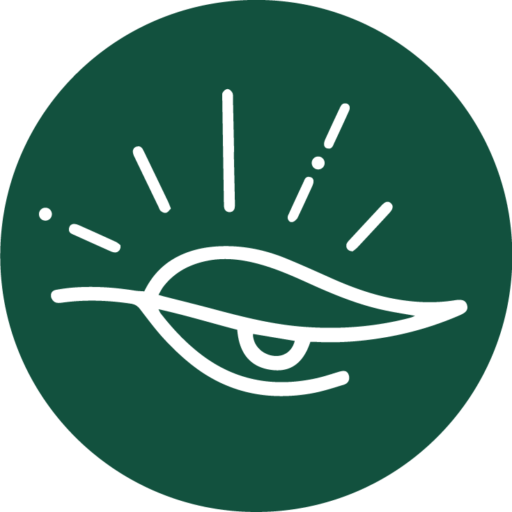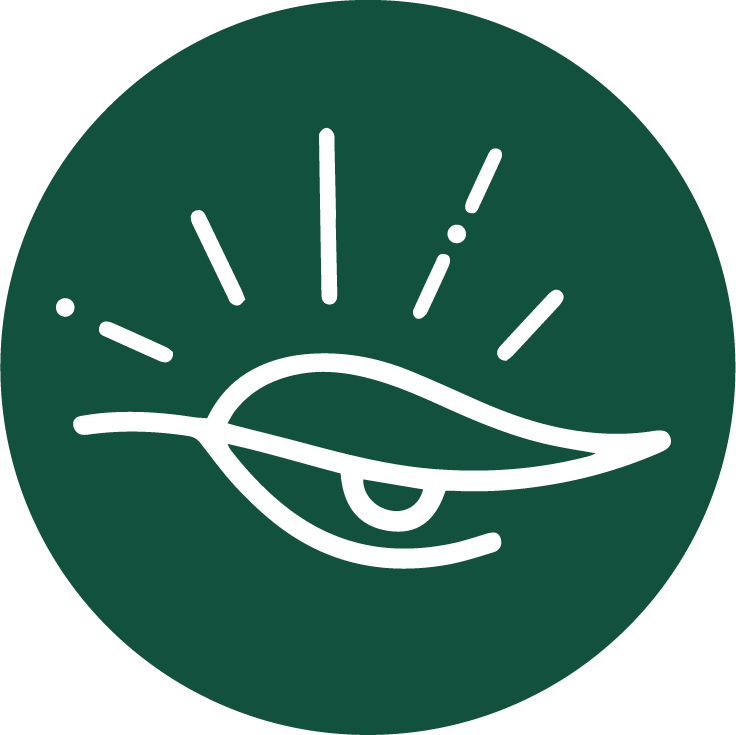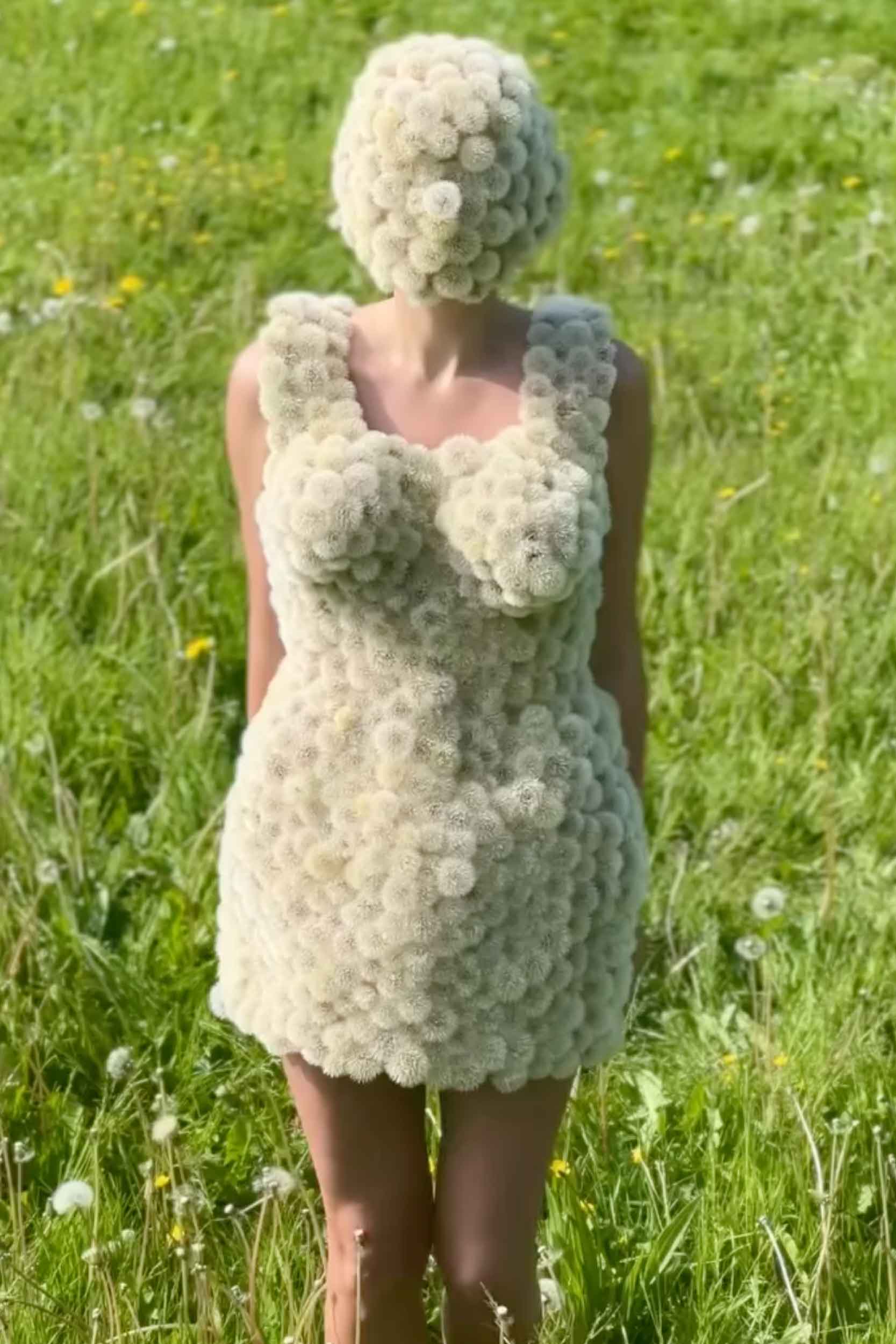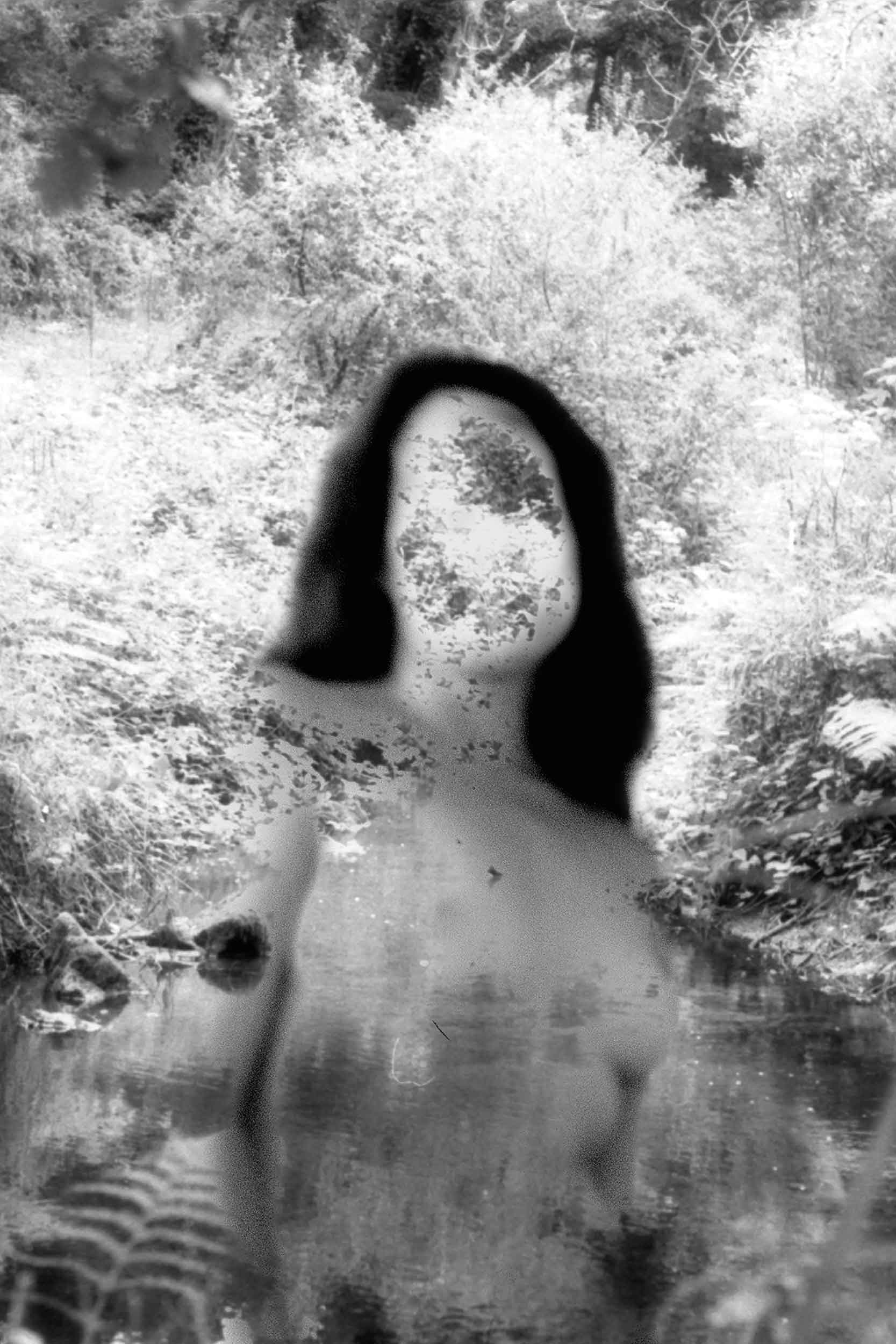
The Feather Collector: Uniting the Wild and the Woman | Irene Alison





At the end of 2019, I adopted a 5-year-old girl and, together with her, I embarked on a path that has been anything but easy for me. Even though I achieved the long-desired motherhood, I never felt so disconnected from myself, unable to feel that instinct that I thought would guide me, inadequate to the enormous responsibility I had taken on.
Where was I? Where was my maternal instinct? Where was my wild self? Too busy slipping into an abstract role of wife and mother, I had perhaps disconnected from my ancestral part. From the Power of the Wild Woman as Clarissa Pinkola Estes defines it in her famous essay Women Who Run With The Wolves. This is the root of my project.
The Feather Collector was born from longing for a sense of “animal” belonging between two human beings who are not connected by blood. From a desire to recover a part of me that I felt I had lost.
I tried to look for this part where the women and wild connect: wildlife hospitals. During the last four years I have been studying and documenting the work of wildlife hospitals, spending a lot of time in various facilities, both in Italy and in the United States. This extraordinary connection between women and animals has affected me deeply.
During my visual exploration, hospitals for wildlife rehabilitation have progressively turned out in my eyes as battlefields where the clash between natural and artificial, wild and domesticated, and urban and extra-urban is being fought. In the bodies of animals arriving in these places—whether they are victims of poaching, car accidents, collisions against the windows, poisoning by toxic substances or the progressive erosion of their habitat we can read against the light the major present-day ecological and political issues in the legislative management of wildlife. Hospitals for wildlife rehabilitation, in my perspective, are microcosms, where, like other institutions, it is mostly women who dedicate themselves to care work, while it is mostly men who find themselves in positions of command.







In his essay Ways of Seeing, John Berger summarises the formula of the male gaze in portraiture. There are countless women in classical painting. However, generally, the portrayed man is the spectator, while the woman waits for the gaze. Generally, the man presents himself for what he does, for his role in society; the woman makes available what she has (the body, the appearance).
Her presence is not autonomous; it requires validation. This is even more true when it comes to animals.
In the wake of a visual tradition that has largely used photography to codify a patriarchal and anthropocentric imagery, women and animals are reserved the same objectifying gaze: decorations, part of an exotic and often veiled erotic show, at the service of the male gaze.
In her Animal Rights and Feminist Theory, Josephine Donovan writes that women and animals are traditionally considered non-rational beings, to be controlled and subjugated by the hegemonic logic of patriarchal science.
From a feminist point of view, domination over nature, rooted in male, post-medieval and Western psychology, is the underlying cause of animal abuse and natural resource exploitation as much as women’s oppression. Speciesism—which arbitrarily assumes that humans are more valuable than other forms of life—is analogous to sexism and racism because it privileges one group (human, male, white) over another.




The link between women and animals is therefore addressed both in women’s literature and in various feminist studies. It is no coincidence that, since the nineteenth century, when women became the main activists of the antivivisectionist movement, the history of feminist thought has been closely intertwined with animalist philosophy.
If male culture rests its foundations on man’s control over nature, then the two bodies, that of the woman and that of the animal, are united. I explored this solidarity through the wildlife hospitals, where I met women engaged in an extraordinary operation of restitution: giving back to the animals what was taken from them, giving the animal back to the Earth.
Among them I met Francesca, who has dedicated her entire life to animals and who has worked in the field of wildlife rehabilitation for thirty years. I won’t call her a muse. Muse is a controversial term, forged in the perspective of the male gaze, which presupposes someone who creates and someone else who, passively, inspires a creation. Francesca is the main inspiration of this project, but she is not simply a muse. She is a guide who has taught me a lot about wild nature, and she has helped me find back that “power of the wild woman” that I thought I had lost.
She is The Feather Collector.
But I am also The Feather Collector.
A woman who, in the dialogue with the wild has rediscovered herself and her ability to love beyond any boundary, be it blood, gender or species.










Words and Photography by Irene Alison
Born in Naples and based in Rome, Irene Alison works extensively in the field of photography and visual storytelling. Professional journalist, photographer and photo consultant, Irene is the creative director of DER*LAB, a consulting studio specialised in the field of documentary photography. She has been curator of exhibitions and editorial photography projects for national and international galleries and festivals.




